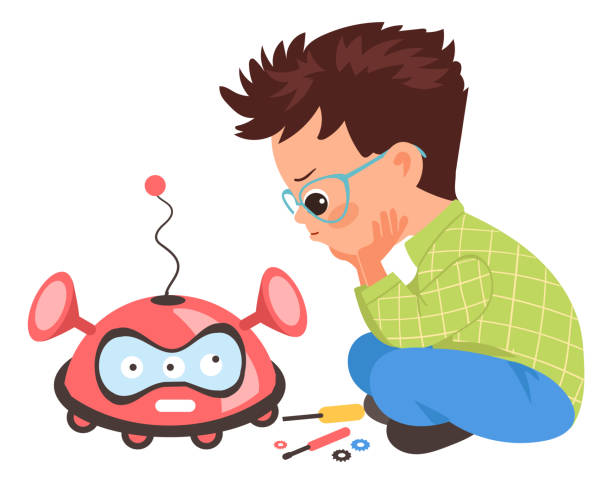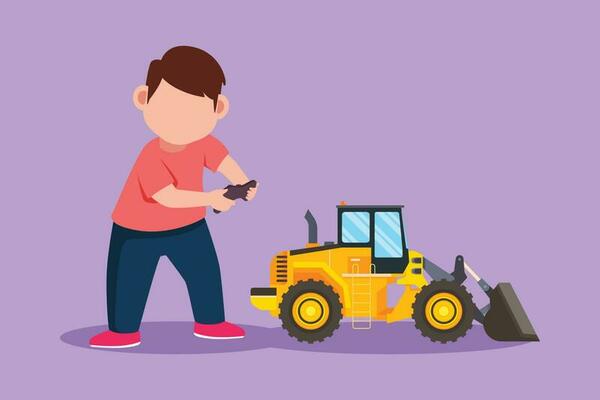
Coding Toys: Interactive robots and kits that teach children programming basics (e.g., LEGO Mindstorms, Sphero, Botley).
STEM Toys: Science, technology, engineering, and math-focused toys like chemistry sets, circuit kits, and building blocks (e.g., LittleBits, Snap Circuits).
Language Learning Toys: Tools designed to improve language skills, including bilingual dolls, interactive books, and spelling games (e.g., LeapFrog, VTech).
Mathematical Toys: Toys that make learning math fun through puzzles, games, and interactive activities (e.g., MathLink Cubes, Osmo Genius Kit).
Geography and History Toys: Globes, maps, and history kits that introduce children to world geography and historical events (e.g., Smart Globe, National Geographic kits).
2. Benefits and Developmental Impact
Cognitive Skills: Enhancing problem-solving, logical reasoning, and critical thinking through engaging activities.
Fine Motor Skills: Improving hand-eye coordination and dexterity with hands-on learning tools.
Language Development: Expanding vocabulary, reading comprehension, and language skills through interactive and multimedia resources.
STEM Skills: Fostering an interest in science, technology, engineering, and math from an early age.
3. Design and Features
Interactive Elements: Touchscreens, sensors, and responsive interfaces that engage children in active learning.
Safety Features: Non-toxic materials, rounded edges, and child-friendly designs to ensure safety during play.
Age-Appropriate Content: Educational toys tailored to different age groups and learning stages for maximum effectiveness.
4. Making and Manufacturing
Prototyping: Developing initial models to test educational effectiveness, safety, and user engagement.
Material Selection: Choosing durable, safe, and eco-friendly materials such as ABS plastic, wood, and non-toxic paints.
Production Techniques: Using precision molding, electronic assembly, and rigorous testing to ensure high-quality educational toys.
5. Care and Maintenance
Battery Management: Regularly checking and replacing batteries, and ensuring rechargeable batteries are properly maintained.
Cleaning: Using soft, dry cloths for cleaning and avoiding water exposure to electronic components.
Storage: Keeping toys in a cool, dry place, away from direct sunlight and humidity to prevent damage.
6. Good and Bad Sides
Good Side:
Educational Value: Promotes learning through play, particularly in STEM and language skills.
Engagement: Keeps children engaged and entertained with interactive and dynamic play.
Skill Development: Helps develop a range of skills, from motor skills to cognitive abilities.
Bad Side:
Screen Time: Excessive use can contribute to increased screen time, which may affect health.
Cost: High-quality educational toys can be expensive.
Maintenance: Requires regular maintenance and battery replacements.
7. Market Trends and Consumer Preferences
Tech Integration: Increasing demand for toys that integrate with smartphones and tablets for expanded play.
STEM Focus: Growing interest in toys that teach coding, robotics, and other STEM-related skills.
Sustainability: Rising consumer preference for eco-friendly materials and rechargeable batteries.
Customization: Demand for toys that can be personalized or adapted to individual learning levels.
8. Customer Preferences
Educational Value: Parents and educators seek toys that provide educational benefits alongside entertainment.
Durability: Preference for toys that are built to withstand rough play and last over time.
Safety: High priority on toys that meet safety standards and are made from non-toxic materials.
Ease of Use: Favoring toys that are easy to set up, use, and maintain.
Conclusion
Educational toys offer a unique blend of fun and learning, making them a valuable tool for children's development. By focusing on high-quality design, educational value, and safety, manufacturers can meet the demands of today's market and provide children with enriching and enjoyable learning experiences. Whether fostering a love for STEM, improving language skills, or enhancing cognitive development, educational toys play a crucial role in shaping young minds and preparing them for future success.





